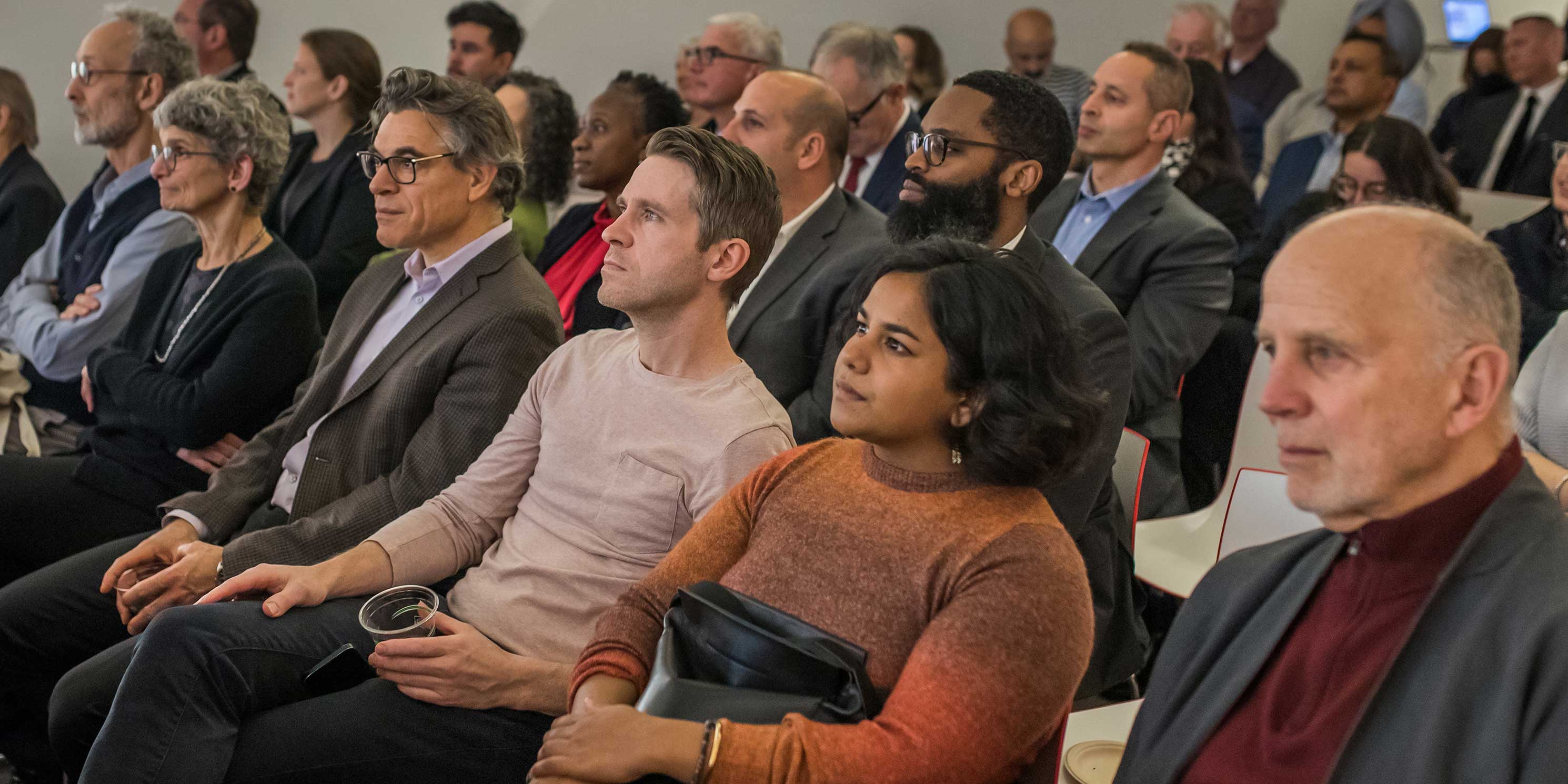Subway Crisis: Comments to City Council
Real discussions of real solutions needed to address the Subway Crisis
The Municipal Art Society of New York (MAS) believes the current state of the New York City subway system can be summed up in one word: crisis. As the dog days of the delicately-coined “Summer of Hell” have arrived, the system’s nearly six million daily riders are faced with a well-documented array of indignities, including, but not limited to, chronic delays, cancellations, severely overcrowded trains, and breakdowns. Only the transit fates know what lies ahead when the L train is shut down for repairs for fifteen months in April 2019.
Download Testimony
In light of the derailment of the A train at 125th Street Station in June, which injured 34 riders and forced 800 passengers to escape through the dark tunnels, the mere safety of the system has come into serious question. To make matters worse, as fares continue to increase, the service of the system has veered in the opposite direction. A recent New York Times study showed that in the last two months, a resounding zero trains on the Lexington Avenue line met their hourly weekday rush-hour schedule.1
The fact is more people use the subway now than in the past 80 years. And the system’s aging infrastructure and antiquated signal system simply cannot accommodate the demand. Alarmingly, reports indicate it will take another half-century and $20 billion to upgrade the signal system.2
When the MTA chairman himself expressed living in absolute fear about what happens in the City’s public transit tunnels, it’s a call for immediate action. We recognize the recently announced $800 million rescue plan by the MTA to address the antiquated signal system. The plan calls for adding extra cars to certain lines, removing seats to accommodate additional passengers, addressing subway fires, and hiring 2,700 new workers. Whether the plan will lead to measurable improvements in subway service and safety remains to be seen. However, it is clear that much more needs to be done.
As the City’s current population of 8.5 million is expected to grow to 9.1 million by 2030, and with the various city rezonings bringing more people to areas dependent on public transit, the subway crisis must be addressed.3
We are pleased that the Committee on Transportation is convening today. This is not the time for pointing fingers or rehashing how things got so bad. It is time for a discussion of real solutions that address our immediate needs and forward-thinking and innovative ones for challenges yet to be seen.
Notes
- New York’s Subways Are Not Just Delayed. Some Trains Don’t Run at All., The New York Times, August 8, 2017
- Why Is Subway Service in New York Getting Worse?, The New York Times, May 31, 2017
- New York City Population Projections by Age/Sex and Borough, 2010-2040., Department of City Planning



